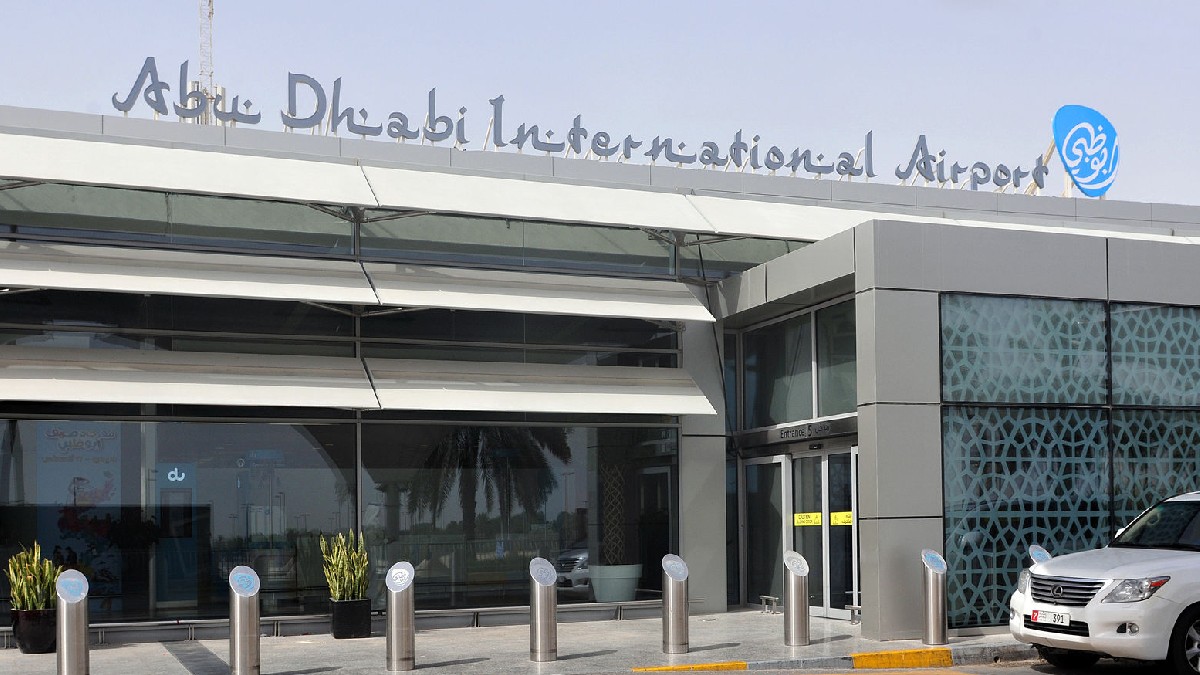This Day, That Year – January 2
Mon 02 Jan 2023
This day in history we feature Abu Dhabi International Airport. An international airport in the Emirate of Abu Dhabi was opened on this day in 1982.
Trivia – Abu Dhabi International Airport
The airport, located 16.5 nautical miles east of Abu Dhabi city, is the second largest in the UAE after Dubai International Airport, serving around 20 million passengers in 2014. It has three operational passenger terminals: Terminal 1 (divided into Terminals 1A and 1B), Terminal 2, and Terminal 3, served exclusively by Etihad Airways, the country’s second flag carrier airline and the second largest airline in the UAE after Emirates. Abu Dhabi International Airport is spread over an area of 3,400 hectares (8,500 acres). More than 30 airlines offer service to over 120 destinations in more than 60 countries.
Related read – Dubai ranked fifth globally in the UN E-Government Survey 2022
The airport was first conceived in 1974, in response to the government’s plans to modernize the then brand new nation. At the time, Al Bateen Airport (then called Abu Dhabi International Airport) was the main international airport serving the city (Abu Dhabi Airfield was the other old airport). Sheikh Zayed bin Sultan Al Nahyan had realized that it was hard to access the airport, as it was located on Abu Dhabi Island and that the island at the time was connected to the mainland by only one bridge. Also, the city was expanding at the time, making it harder for the airport to expand. During the late 1970s, a location for the building site was strategically located, so it could be easily accessible. Construction started by 1979 and the airport was inaugurated on January 2, 1982. The old airport’s name was changed to Al Bateen airport and the new airport was given its previous name. The new airport included a circular satellite terminal (with aerobridges) with a single connection to a semi-circular terminal.This design allowed more aircraft to park simultaneously. During the late 1990s and early 2000s, substantial work was carried out on the satellite terminal, to cater for the increase in passenger numbers, including widening the passenger waiting areas and creating extra parking spots. The main terminal also underwent some external changes, especially on the outer facade. Abu Dhabi International Airport is connected to the Emirate and its surroundings, including Dubai and Al Ain, by a highway network. Route E20 directly passes the airport. Car rental, taxis and dedicated chauffeur services are available.
Source – Wikipedia

 Apr 16 2024
Apr 16 2024













